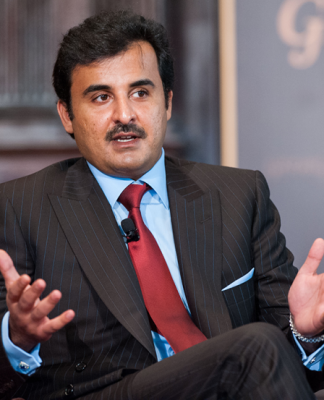High Earners’ Muted Spending Threatens Electronics and Autos, Boosts Big Box Merchants
BY PYMNTS | MARCH 3, 2023
|
man shopping for laptop
F. Scott Fitzgerald wrote that the rich “are different from you and me.”
Fast forward a century from when he penned the words, and today, the rich — the high earners — are not so different from other consumers. Struggling to make ends meet has now become more commonplace than anyone might have thought just a few years ago. And the well-to-do like bargains as much as anyone else in a world where inflation runs rampant and where private label goods are getting a second look.
The ripple effects will be widespread — with negative repercussions for luxury goods merchants and a tailwind for big box retail.
Living (High) Paycheck to (High) Paycheck
As recent PYMNTS data has shown, by the end of last year, 16% of consumers said that they live paycheck to paycheck, with issues paying bills. And 34% of high earners stated that they live paycheck to paycheck without issues paying their bills. Of that high-earning cohort, 36% expect their financial situations to improve, down from 41% as recently as the summer of 2022. We found that only slightly more than a third of these consumers intend to spend money on leisure travel, buy new cars or shell out money on expensive clothes.
There’s indication that there’s some dry powder to spend — but only time will tell if higher-earning demographics will wind up pulling the trigger and taking on more debt to get what they want. In separate PYMNTS data, we found that only about 19% of high-earners said holiday spending had a “very significant or extremely significant impact” on credit card debt. And in fact, nearly 30% of respondents said they had no credit card balances and had done no holiday shopping. So, yes, the means to keep spending on higher end goods and services is there — but as noted above, the intent may not be if inflation remains high.
Recent results from the payments networks have shown that into the end of the year spending remained buoyant. American Express, which is a particular tell on the high-end consumer, noted 15% growth in its billed business (which includes card spending). But the travel snapback, we contend, could be more muted on a go-forward basis, given the somewhat tepid sentiment to spend on trips as noted above — which in turn would impact spending at restaurants and boutiques. For now, volumes are up and inflation is the tailwind, but it will bear watching as to whether and when the transactions themselves (in terms of frequency) increase.
Ripple Effects Have Started
We’re already seeing some impact. As noted in our coverage of Best Buy’s earnings this week, the electronics maven showed that domestic sales slipped in the company’s three largest categories: computing and mobile phones (down 10%), consumer electronics (11.8%) and appliances (13.2%). These are, of course, big-ticket items.
By way of contrast, Big Lots is seeing an embrace by high-earning consumers of the “trade-down” concept, where management noted that private brands are seeing traction. CEO Bruce Thorn said the typical seasonal customer “has a household income that is two times higher than our core customer … So we see that category as a year-round trade-down opportunity,” he told analysts. Separately, Walmart noted the same trend, as half of its grocery sales gains are sparked by purchases made by higher-income consumers.
The trade-downs are becoming widespread in groceries. In the PYMNTS “Consumer Inflation Sentiment” report published earlier this year, 36% of consumers making more than $100,000 said that they’d pulled back on the quantity of goods they’d been buying. And high-end alcohol sales have been facing headwinds.
No matter the size of the paycheck, at least for now, a growing number of us are in the same boat — rowing against the tide of inflation, tightening our belts.






























